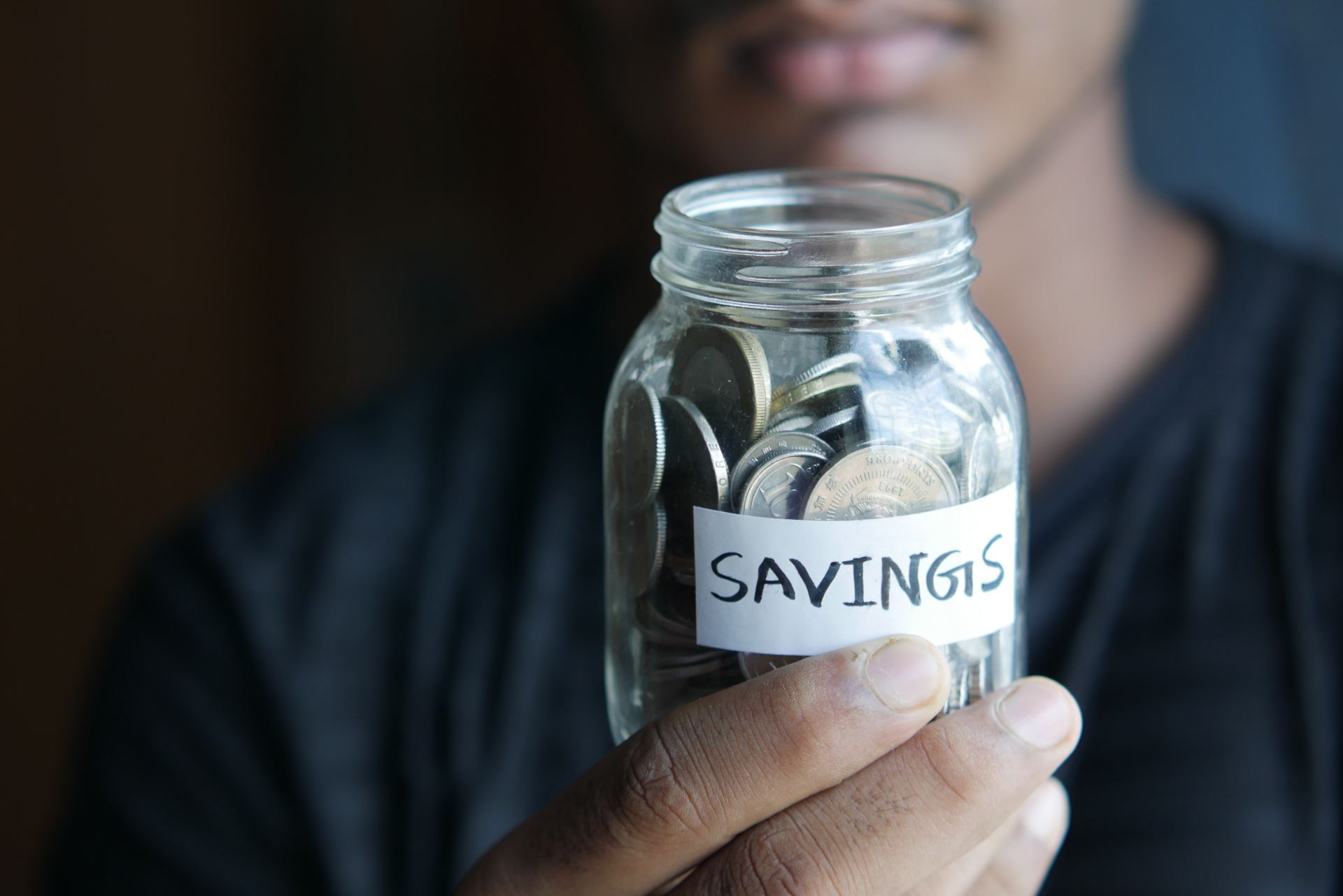Hi, I'm Sonali! I am a final year student studying a MChem Chemistry degree at the University of Lincoln. In my spare time I like singing, writing my own songs and playing badminton. I am also passionate about raising money…

If you’re a final year university student and are thinking about the financial challenges that you will face post-graduation then this article will help you to start to think about how you can build up your savings after graduation.
An ISA is an Individual Savings Account where you can save tax-free up to a maximum of £20,000 per tax year. There are 4 different types of ISA accounts which include cash ISAs, lifetime ISAs, innovative finance ISAs and stocks and shares ISAs.

Cash ISAs
This is a very common savings account where you will never pay tax on the interest. Everyone in the UK who is aged over 16 is eligible for an ISA allowance at the start of every tax year (e.g from 6th April 2021 to 5th April 2022) and a maximum of £20,000 can be added to the account. If you have multiple accounts with the same bank or building society, you are protected by the Financial Services Compensation Scheme (FSCS) where the protection limit is £85,000 in total per authorised firm if they go bust.
Cash ISAs come in different flavours just like normal savings accounts; this includes easy access (you can withdraw money whenever you want), fixed-rate (where you are guaranteed a fixed interest rate but must lock cash in for the specific amount of time) and a variety of other types.
Lifetime ISAs
This type of ISA account is generally used to buy your first home, or you can decide to save for later in life. To open the Lifetime ISA account, you must be over the age of 18 but under the age of 40. £4,000 per year is allowed to be added into the account until your 50th birthday, however, you must make your first payment into your ISA before your 40th birthday.
The government will also add a 25% bonus to your savings which are up to a maximum of £1,000 per year. There is a limit of £4,000 which you can add to the account each year and this is your annual ISA limit. You can also hold cash or stocks and shares in your Lifetime ISA or even have a combination of both. When you are 50 you will not be able to pay into your account or earn the 25% bonus. However, your account will still remain open and your savings will still earn interest or investment returns.
Innovative Finance ISAs
It allows you to use your tax-free ISA allowance while investing into Peer to Peer lending (P2P) which is where you lend money to businesses and borrowers in exchange for cash. The borrowers pay back the amount they borrowed along with interest on top, which is the return you receive on top of your investment which is earnt tax-free.
Stocks and Shares ISAs
This is like a shopping basket, the investments you add into your basket are up to you and the ISA shelters you from being charged income tax and capital tax. There is also an annual charge for holding investments for these types of ISAs and is no more than 0.45%.


Therefore, it is very important that you not only consider all of the different types of ISAs, but also the interest rates that are on offer which means shopping around for the best interest rate in the market so that you get value for your money and can build up your savings.
- Topics
- Budgeting
- Graduate
- Graduation




